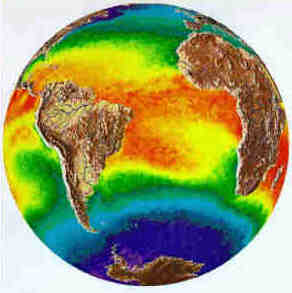Hydrological Modelling of Alberta – Future Climate Change Impacts

It is reported that dry regions around the world are showing an overall net negative impact from climate change on water resources and freshwater ecosystems. Additional future decreases in runoff will likely result in further reductions in the value of the services provided by water resources. In contrast, increases in annual runoff in other areas is likely to be tempered in some areas by the negative effects of increased precipitation variability and seasonal runoff shifts on water supply, water quality and flood risks (IPCC, 2007).
Increases in temperature can affect the amount and duration of snow cover which, in turn, can affect the timing of streamflow. Glaciers are expected to continue retreating, and many small glaciers may disappear entirely. Peak streamflows may move from late spring to early spring/late winter in those areas where snowpack is important in determining water availability.
Changes in streamflow have important implications for water and flood management, irrigation, and planning. If supplies are reduced, off-stream users of water such as irrigated agriculture and in-stream users such as hydropower, fisheries, recreation and navigation could be most directly affected. Canada, with a wide range of climate conditions is expected to face changes on both water quantity and quality.
The earlier stream peak flows in spring [Whitefield and Cannon, 2000], and drought conditions in the prairie provinces [Nyirfa and Harron, 2001], and saltwater intrusion into estuarine groundwater [Forbes et al., 1997] are being reported in Canada, and are evidence of global climate change.
It is of strategic importance to assess the impact of climate change on the availability of freshwater resources with a highly spatial and temporal resolution model (SWAT model).
